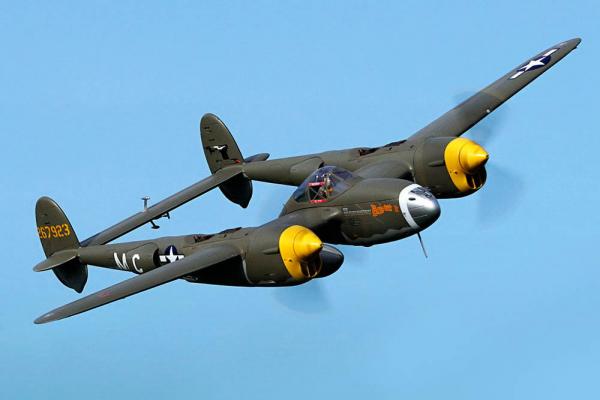The A-26 Invader: From World War II to the Korean and Vietnam Wars
In July 1942, the A-26 Invader took to the skies for the first time. This aircraft design marked a significant advancement from its predecessor, the Douglas A-20 Havoc, which shared similar roles and layouts.
The Douglas A-26 Bomber, also known as the B-26, holds a unique distinction in American aviation history—it actively participated in three major wars: World War II, the Korean War, and the Vietnam War.
Undoubtedly, the A-26 Invader stands as one of the most successful military aircraft in the United States’ arsenal, boasting a production count exceeding 2,500 units. Its versatility extended beyond bomber duties; it proved to be a formidable ground-attack aircraft with the ability to mount various types of weaponry.
However, the A-26’s journey wasn’t without its challenges. Initial flight tests revealed commendable performance and handling, but cooling issues with the engines prompted modifications to the cowling and the removal of propeller spinners in subsequent production models.
The early A-26 versions were available in two primary configurations: the A-26B with its distinctive gun-nose, capable of carrying a mix of armaments, including .50 caliber machine guns, 20mm or 37mm autocannons, and even an experimental 75mm pack howitzer. The ‘B’ gun-nose variant accommodated six (later upgraded to eight) .50 caliber machine guns, earning designations like the “all-purpose nose,” the “six-gun nose,” or the “eight-gun nose.”
The A-26C introduced the “glass” bombardier nose, featuring a Norden bombsight for precise medium-altitude bombing. Initially equipped with two fixed M-2 guns, these were eventually phased out in favor of more effective underwing gun packs or internal wing-mounted guns, especially during colder weather conditions.
In terms of design, the A-26 Invader followed the typical blueprint for light attack bombers during World War II. Its streamlined fuselage housed the cockpit, bomb bay, and gunner positions. The crew usually comprised a pilot, navigator, and gunner, who managed the dorsal and ventral gun turrets. The A-26C added a bombardier crewmember and two nose-mounted 12.7mm machine guns.
The A-26’s effectiveness was further enhanced by its payload capacity, ranging from 4,000 to 8,000 pounds of internal and external ordnance, including drop bombs or 5-inch rockets (8 to 14 rockets). Impressively, the Invader could carry a larger bomb load than even the larger Boeing B-17 Flying Fortresses.
Upon its introduction in August 1943, the A-26 quickly earned the title of the fastest American bomber in World War II. It saw extensive action on both the European and Pacific fronts, fulfilling diverse roles throughout the conflict. Many A-26s continued to serve post-war with the United States Strategic Air Command and Tactical Air Command.
The onset of the Korean War in 1950 saw the A-26, now designated as the B-26, among the first aircraft deployed against the enemy. It remained in service until the war’s conclusion in 1953, predominantly for night missions. By 1954, the aircraft was phased out of active duty in the Air Force inventory.
The A-26 Invader’s remarkable legacy encompasses its contributions across multiple wars and roles, cementing its status as a versatile and enduring icon in American military aviation history.









